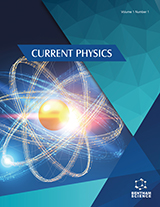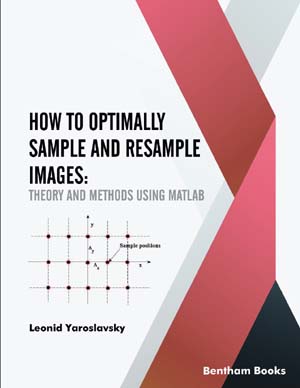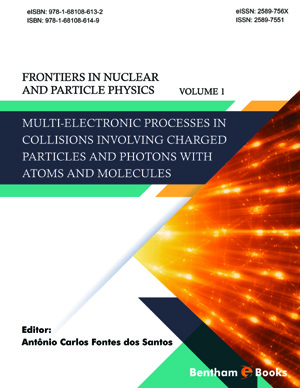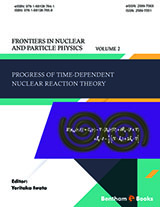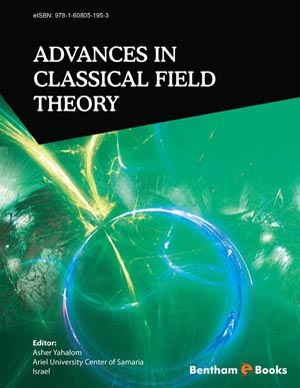Abstract
The fact that Earth is not a perfect sphere (it is slightly flattened and otherwise distorted, as discussed in a previous chapter), introduces extra terms into the expansion of its gravitational potential, which in turn affect the motion of near-Earth (i.e. artificial) satellites. The first one of these terms (due to Earth’s oblateness) is by far the largest, and therefore quite often the only one considered (finding the corresponding solution is referred to as the main problem of satellite motion)1. At the same time, it is the quintessential example of time-independent perturbations, and the main topic of this chapter. The remaining terms are of two basic types: those corresponding to axially symmetric (e.g. pear shaped) distortions are called zonal harmonics, and remain time-independent; those which vary with longitude (and thus rotate with Earth) are called tesseral harmonics. For these, we only mention a few basic results.

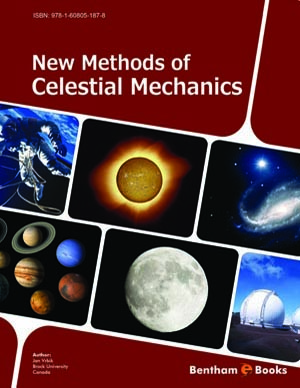
 Download PDF Flyer
Download PDF Flyer